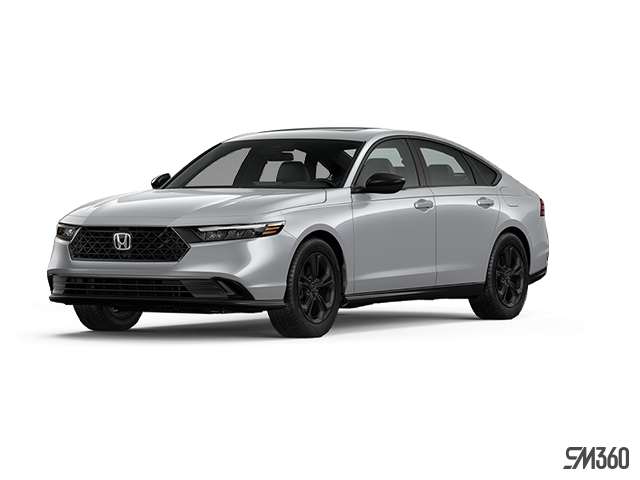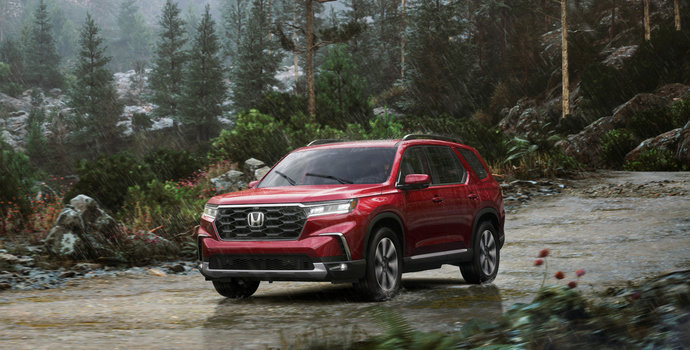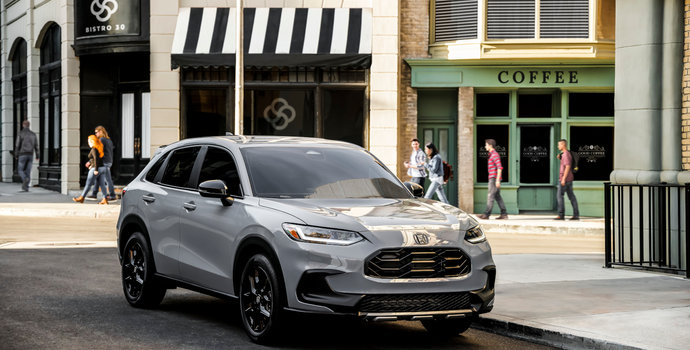When it comes to driving, maximizing your mileage is crucial in order to make the experience worth it. In doing so, you get more value for every road trip you take and ensure a more environmentally friendly drive while doing so.
For you Honda owners out there looking to save yourself from making more trips to the gas station than necessary, here are some tips to make your Honda fuel efficient.
Servicing Your Honda is Key
This is the tip you need to start with if you’re going to get more mileage out of your Honda.
Having an engine that consistently gives you optimal performance levels is essential. Thanks to the use of advanced computerized technology as well as fuel injection, servicing has become more detailed. However, you’ll still need to make a trip to your local service station on a regular basis so that your engine gets the tune-up it deserves. Technicians at that local station can analyze the readings your car’s sensors elicit as well as change filters and belts.
Not only is an engine that isn’t fully tuned up bad for your fuel economy, but so are things like worn axle bearings, bent wheels, and broken springs. Each of these things can put undue pressure on your engine, causing it to struggle and suction more fuel. The more attention you give to these finer details, the better. Before the temperature drops, it’s a good time to start thinking about winter tires for optimal driving safety.
Lighten Your Load
You don’t want your Honda to be taking on too much if you’re driving because you’re putting more pressure on the engine than necessary to perform.
If you want to make your Honda CR-V fuel efficient, you should ensure that your cargo capacity doesn’t exceed 2,146 litres. The CR-V boasts a fuel economy of 8.4/7.0/7.8 (City/Highway/Combined) in front-wheel drive mode and 8.7/7.2/8.0 when using all-wheel drive. That’s a good amount of fuel efficiency to work with, so it would be wise to make sure you don’t take on a bigger load than usual so that you don’t waste it. If you’re wondering how to make a Honda CR-V fuel efficient, you can also change the spark plugs and O2 sensors.
If you have a Honda Civic, follow the same fuel efficiency measures. The fuel economy ranges from 7.9/6.1/7.1 with the continuously variable transmission to 9.3/6.5/8.0 with the manual transmission, and you’ll want to make sure it stays that way.
Check Your Tire Pressure Frequently
You should be inflating your tires to the correct pressure and repeating that process regularly. Driving with your tires low on pressure increases the rolling resistance of your tires on the ground surface, which robs you of fuel. As a matter of fact, a drop of eight pounds in your tire pressure can cause your fuel economy to drop by as much as 5%.
Thankfully, there are indicators available that allow you to determine when tire pressure is getting too low. For example, with your Honda Odyssey, there should be a sticker on the inside of your driver’s side door jamb that indicates optimum tire pressure. If you’re still not completely sure, ask your mechanic to check the pressure for you. Your Honda Odyssey’s fuel efficiency, or fuel economy with any Honda for that matter, will improve by correctly adjusting tire pressure.
Drive Smart, Not Fast
While Hondas are smooth-riding vehicles, both on and off-road, you’d be better served if you don’t accelerate and brake hard. Make sure you accelerate gradually, anticipate traffic and follow the speed limit so that you’re not burning gas for the sake of it.
Honda Pilot fuel efficiency is helped by the fact it’s not a gas-guzzling vehicle. The Intelligent Traction Management System is also a plus, among other technologies, so that you know how much control you have on the road. You can adjust to different conditions using this technology and drive smarter.
You Can Also Follow These Tips
For the most fuel-efficient Honda possible, you should refuel in the morning instead of the evening as the gas will expand as the temperature increases throughout the day.
Also, you must replace your air filter when necessary in order to remove debris or eliminate blockages. The more your air filter is filled with debris and other particles, the harder your engine will have to work to draw air for mixing with the fuel.
Keep these tips in mind when you stop by Orangeville Honda to get your Honda-brand vehicle. Visit today!







